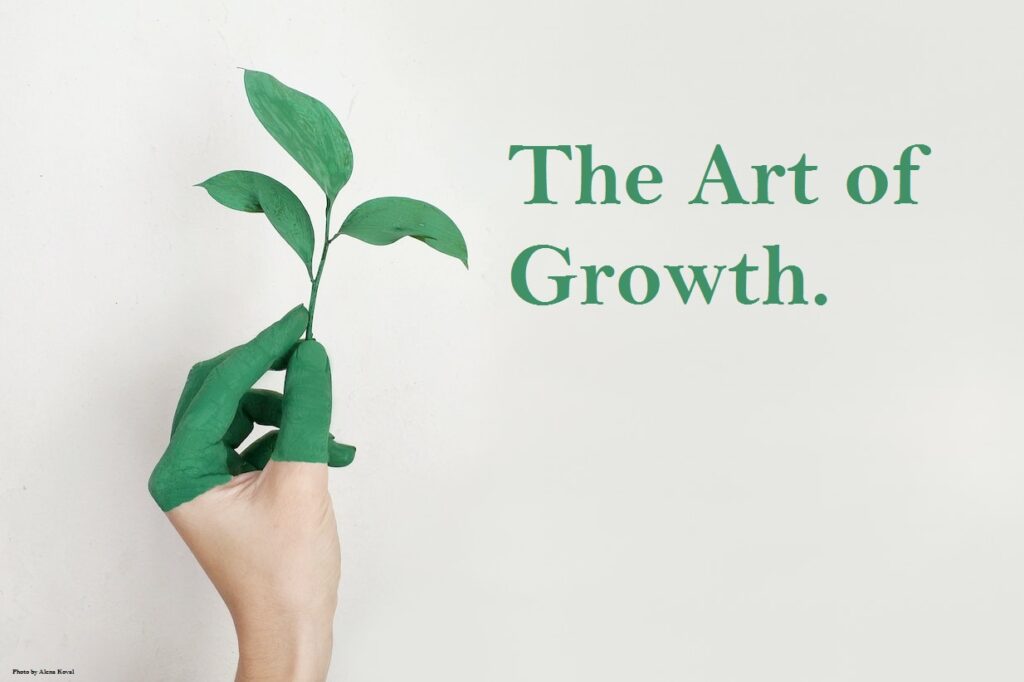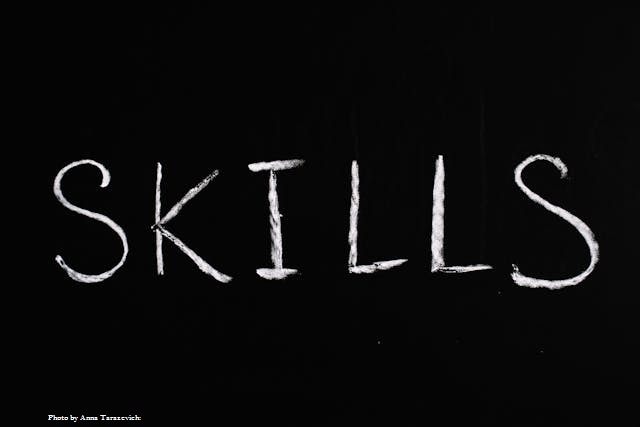Growth is a fundamental aspect of human life. We are always growing, learning, and evolving, both as individuals and as a society. In fact, growth is the key to our success and happiness. It is what enables us to reach our goals, realize our dreams, and live a fulfilling life. However, growth is not always easy. It requires effort, commitment, and a willingness to step outside our comfort zones. In this article, we will explore the art of growth and provide practical tips for cultivating growth in your life.
The Mindset of Growth
The first step to cultivating growth is to adopt a growth mindset. This is the belief that our abilities and intelligence can be developed through hard work, dedication, and perseverance. People with a growth mindset embrace challenges and view failure as an opportunity to learn and improve. On the other hand, people with a fixed mindset believe that their abilities and intelligence are fixed and cannot be changed. They avoid challenges and are more likely to give up in the face of obstacles.
In her book Mindset: The New Psychology of Success, Carol Dweck writes, “The passion for stretching yourself and sticking to it, even (or especially) when it’s not going well, is the hallmark of the growth mindset.” This means that in order to cultivate a growth mindset, we need to be willing to embrace challenges, persist in the face of setbacks, and view failures as opportunities for growth.
The Importance of Continuous Learning
Another key aspect of growth is continuous learning. Learning doesn’t stop when we finish school or land our dream job. It’s an ongoing process that requires us to seek out new information, skills, and experiences. In his book The 7 Habits of Highly Effective People, Stephen Covey writes, “The key to growth is the introduction of higher dimensions of consciousness into our awareness.” This means that in order to grow, we need to be open to new ideas, perspectives, and ways of thinking.
Continuous learning can take many forms, from reading books and attending workshops to seeking out new challenges and experiences. It’s important to remember that learning doesn’t have to be formal or structured. It can be as simple as trying a new hobby or engaging in a meaningful conversation with someone who has a different point of view. The key is to approach learning with an open mind and a willingness to explore new ideas and experiences.
The Power of Self-Reflection
Self-reflection is another powerful tool for cultivating growth. It allows us to take a step back from our daily routines and examine our thoughts, beliefs, and behaviors. By reflecting on our experiences, we can gain insight into our strengths and weaknesses, identify areas for improvement, and develop strategies for personal growth.
In his book The Power of Now, Eckhart Tolle writes, “The moment you become aware of the ego in you, it is strictly speaking no longer the ego, but just an old, conditioned mind-pattern.” This means that by becoming aware of our thoughts and beliefs, we can begin to break free from old patterns and cultivate new ones that support our growth and development.
Self-reflection can take many forms, from journaling and meditation to seeking feedback from others. The key is to approach self-reflection with a sense of curiosity and openness, and to use the insights gained to inform our actions and decisions.
The Role of Resilience
Resilience is another key factor in cultivating growth. Resilience is the ability to bounce back from setbacks and challenges, and to keep moving forward in the face of adversity. Resilient people are able to stay focused on their goals and maintain a positive outlook, even in the face of obstacles.
In her book Option B, Sheryl Sandberg writes, “Resilience comes from deep within us and from support outside us. It comes from gratitude for what’s good in our lives and from leaning in to the suck.” This means that in order to be resilient, we need to cultivate gratitude, seek out support from others, and embrace the challenges and difficulties that come our way.
One way to cultivate resilience is to develop a growth mindset, as discussed earlier. By viewing challenges and setbacks as opportunities for growth, we can stay motivated and focused on our goals, even in the face of adversity. Another way to cultivate resilience is to build a strong support network of friends, family, and mentors who can provide encouragement and guidance when we need it most.
The Importance of Action
Finally, growth requires action. It’s not enough to simply adopt a growth mindset, seek out new experiences, reflect on our thoughts and behaviors, and cultivate resilience. We also need to take action to turn our aspirations into reality.
In his book Atomic Habits, James Clear writes, “You do not rise to the level of your goals. You fall to the level of your systems.” This means that in order to achieve our goals and cultivate growth, we need to develop systems and habits that support our growth and development.
Action can take many forms, from setting goals and developing action plans to taking small, consistent steps towards our goals each day. It’s important to remember that growth is a process, and that it often takes time, effort, and persistence to see results. By taking consistent action towards our goals, we can build momentum and make steady progress towards our aspirations.











